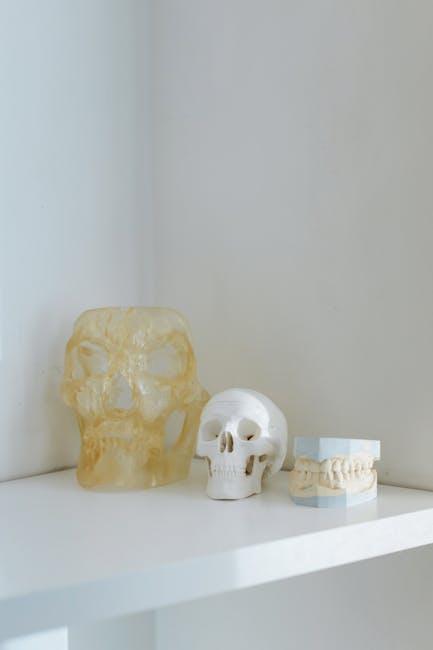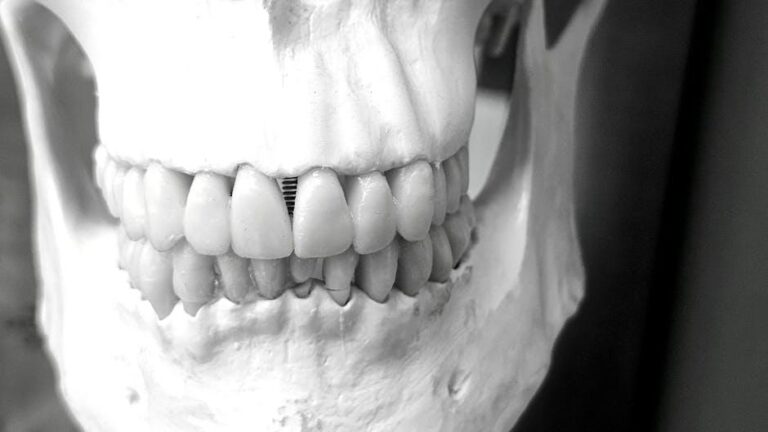
Dental Bone Graft and Substitutes Market to Hit USD 1,098.48 Million by 2031 | Global Outlook & Forecast at 7.21% CAGR
The global Dental Bone Graft and Substitutes Market is experiencing robust growth and is projected to reach an impressive value of USD 1,098.48 million by 2031, with an anticipated Compound Annual Growth Rate (CAGR) of approximately 7.21%. According to The Insight Partners and recent insights from PR Newswire, this surge is driven by the increasing demand for dental surgeries, implant procedures, and advancements in biomaterials.
Understanding Dental Bone Grafts and Their Substitutes
Dental bone grafting is a surgical procedure used to replace or augment lost bone in the jaw, which is essential for dental implants, periodontal treatment, and maxillofacial reconstruction. Bone graft substitutes, including synthetic and natural materials, serve as alternatives to traditional autografts, improving patient outcomes by reducing complications and surgical time.
Types of Bone Grafts and Substitutes
- Autografts: Bone harvested from the patient’s own body.
- Allografts: Bone obtained from a donor (cadaveric bone).
- Xenografts: Bone derived from animal sources, typically bovine.
- Alloplasts: Synthetic bone substitutes made from materials like hydroxyapatite, tricalcium phosphate, and bioactive glass.
Global Market Overview and Growth Drivers
The Dental Bone Graft and Substitutes Market is expanding rapidly worldwide due to multiple factors, such as a rising elderly population, higher prevalence of dental diseases, and increased focus on cosmetic dentistry and dental implants.
Key Market Drivers
- Increasing dental implant procedures: Growing acceptance of dental implants as a mainstream tooth replacement solution fuels bone graft demand.
- Technological advancements: Innovations in biomaterials and grafting techniques are enhancing success rates.
- Rising prevalence of periodontal diseases: Conditions causing bone loss boost the need for graft materials.
- Growing awareness and accessibility: Expansion in emerging markets due to better healthcare infrastructure.
Regional Insights
| Region | Market Growth Factors | Key Trends |
|---|---|---|
| North America | High dental implant adoption, advanced healthcare infrastructure | Focus on autografts and allografts |
| Europe | Growing cosmetic dentistry and elderly population | Increased R&D investment |
| Asia Pacific | Emerging healthcare markets, growing dental tourism | Rapid adoption of synthetic substitutes |
| Rest of the World | Increasing oral healthcare awareness | Expanding dental insurance coverage |
Market Forecast and Statistical Data
The market is estimated to expand at a 7.21% CAGR over the forecast period up to 2031. Driven by the trends above, the estimated market valuation forecast is presented below:
| Year | Market Size (USD Million) |
|---|---|
| 2022 | 620.58 |
| 2025 | 785.34 |
| 2028 | 925.20 |
| 2031 | 1,098.48 |
Benefits of Dental Bone Grafts and Substitutes
Incorporating dental bone grafts and substitutes into treatment plans offers several benefits that improve patient care and clinical outcomes.
- Enhanced bone regeneration: Provides a scaffold that promotes new bone growth essential for implant stability.
- Reduced healing time: Certain substitutes enable faster bone integration.
- Minimized donor site morbidity: Use of substitutes eliminate the need for harvesting bone from the patient.
- Improved success rates: Better graft materials reduce implant failure rates.
Practical Tips for Patients Considering Dental Bone Grafting
Considering a dental bone graft can be daunting, but understanding the process helps reduce anxiety and prepare effectively.
- Consult a qualified specialist: Board-certified oral surgeons or periodontists specialize in these procedures.
- Understand the materials: Discuss autograft vs substitutes benefits and risks with your doctor.
- Follow pre-operative instructions carefully: Avoid smoking and maintain good oral hygiene to support healing.
- Expect a recovery period: Healing can take several months; patience is critical for success.
- Attend follow-up appointments: These help monitor graft integration and implant readiness.
Case Studies: Real-World Impact of Bone Grafts
Several clinical case studies highlight the transformative effects of bone grafting in dental implant success:
- Case 1: A 55-year-old patient with severe jawbone resorption successfully underwent bone augmentation using allografts, achieving a stable implant with no complications after 12 months.
- Case 2: Use of synthetic bone substitutes in a 42-year-old improved bone density around the implant site, resulting in faster integration and sustained oral function.
Firsthand Experience: Patient Perspective
Jennifer, 48, shared her journey of dental implant surgery aided by a bone substitute graft:
“I was hesitant about the bone graft procedure at first, but my dentist explained the benefits thoroughly. The recovery was smoother than I expected, and now my implant feels just like a natural tooth. The convenience of avoiding bone harvesting made a huge difference.”
Conclusion
The Dental Bone Graft and Substitutes Market is poised for substantial growth, reflecting rising demand for enhanced dental care and implant technologies globally. With projections hitting USD 1,098.48 million by 2031 and a steady CAGR of 7.21%, innovations in graft materials and minimally invasive techniques continue to improve patient outcomes. For those facing dental reconstruction, understanding graft types, benefits, and recovery tips is crucial to making informed decisions. As research and product development advance, dental practitioners and patients alike can look forward to more reliable and accessible solutions for bone regeneration.
Stay informed and consult dental care professionals to explore the best bone grafting options tailored to your needs.


